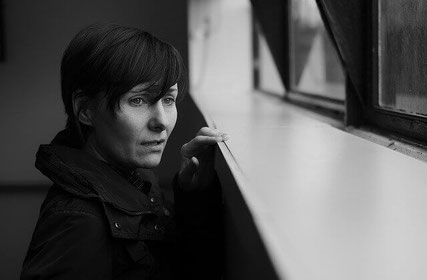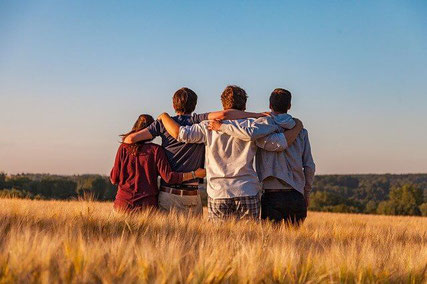
When a person is told they are about to die, it’s often said they go through five stages of grief – denial, anger, bargaining, depression, and acceptance. But is this really the case?
The five-stages model – often referred to as DABDA – was first outlined in 1969 by psychiatrist Dr Elisabeth Kübler-Ross. Her work with dying patients led her to conclude people’s initial reaction is to tell themselves it’s not happening (denial). That is followed by anger, then bargaining (for example, promising to live a good life from now on and pleading to doctors or to God to find a cure), then depression as you realise there is no way back, and finally acceptance, when you come to terms with your situation and approach it with equanimity.
Kubler-Ross went on to expand her model to include any important personal loss, such as the death of a loved one, the end of a relationship, the onset of a disease, and so on. The five-stages model is very well known and has been taught to medical, nursing, social work and counselling students in many countries.
But to return to the initial question: was Kubler-Ross right? Do most people really go through these five stages of grief?
The research suggests otherwise, so much so that it is described as a ‘myth’ in Prof. Scott Lilienfeld’s book The 50 Great Myths of Popular Psychology. It cites research indicating that acceptance – not denial – is the most common reaction to a major loss.
Similarly, research from psychologist and bereavement expert Prof. George Bonanno has found most people do not go through five stages of grief. Bonanno has found there are three common patterns. Some bereaved people are overwhelmed by the loss and find it almost impossible to return to their normal routine, he notes in his book The Other Side of Sadness: What the New Science of Bereavement Tells Us about Life After Loss. Others gradually recover, initially suffering ‘acutely’ before slowly picking up the pieces and putting their lives back together.
RESILIENCE

The good news’, says Bonanno, ‘is that for most of us, grief is not overwhelming or unending. As frightening as the pain of loss can be, most of us are resilient.’ The loss of a loved one causes pain and sadness, but it a ‘human experience’. It is ‘something we are wired for, and it is certainly not meant to overwhelm us. Rather, our reactions to grief seem designed to help us accept and accommodate losses relatively quickly so that we can continue to live productive lives’.
This research is important. I appreciate some people find comfort in the DABDA model and that it can help them understand some of the painful emotions that accompany any major loss.
The problem is that DABDA was ‘originally meant to be descriptive but over time became prescriptive’, to quote Prof. Lilienfeld. His book relates how one dying woman ‘felt guilt and resentment at being told by her friends that she needed to “accept” death, even though she was trying hard to continue to enjoy her life’. Other people become distressed because they didn’t display all of the stages of grief, believing they must be grieving in the “wrong” way.
The same point is stressed by Bonanno. Friends or family might become suspicious when a bereaved person seems too calm or happy, wrongly concluding that they are in denial or that they didn’t really care about their loved one in the first place. They may think the person needs to get more in touch with their grief to prevent them from suffering some kind of ‘delayed reaction’ years from now. The reality, says Bonanno, is that the evidence simply does not support these ideas.
The point is, there is no one “right” way to grieve, but take consolation in the fact that we are ‘wired to survive’, as Bonanno puts it. ‘We adapt, we change gears, we smile and laugh and do what we need to do, we nurture our memories, we tell ourselves its not as bad as we thought, and before we know it, what once seemed bleak and bottomless has given way; the dark recedes and the sun once again peeks out from behind the clouds.’